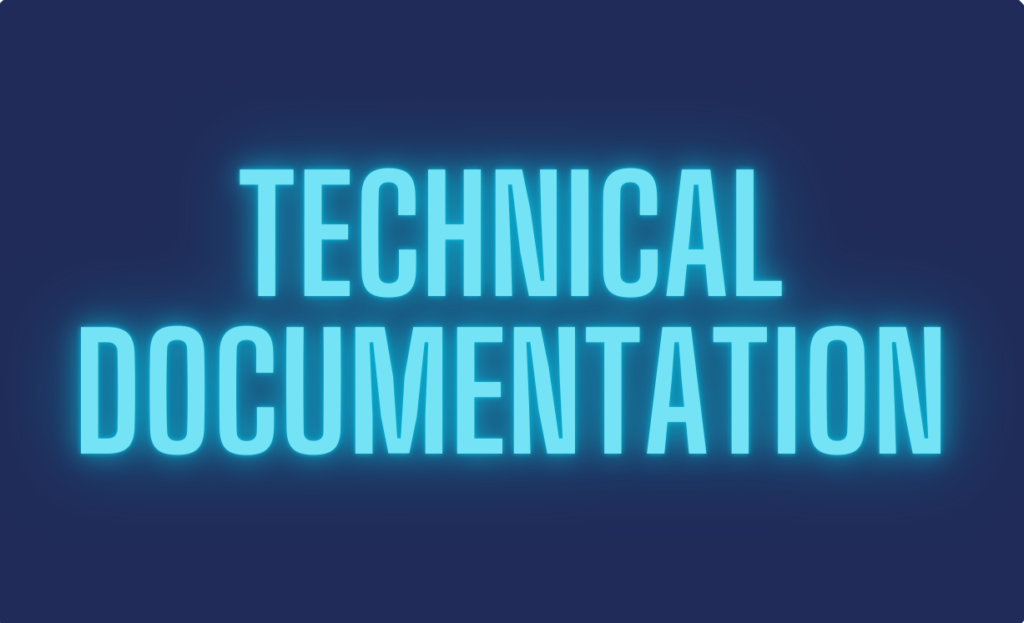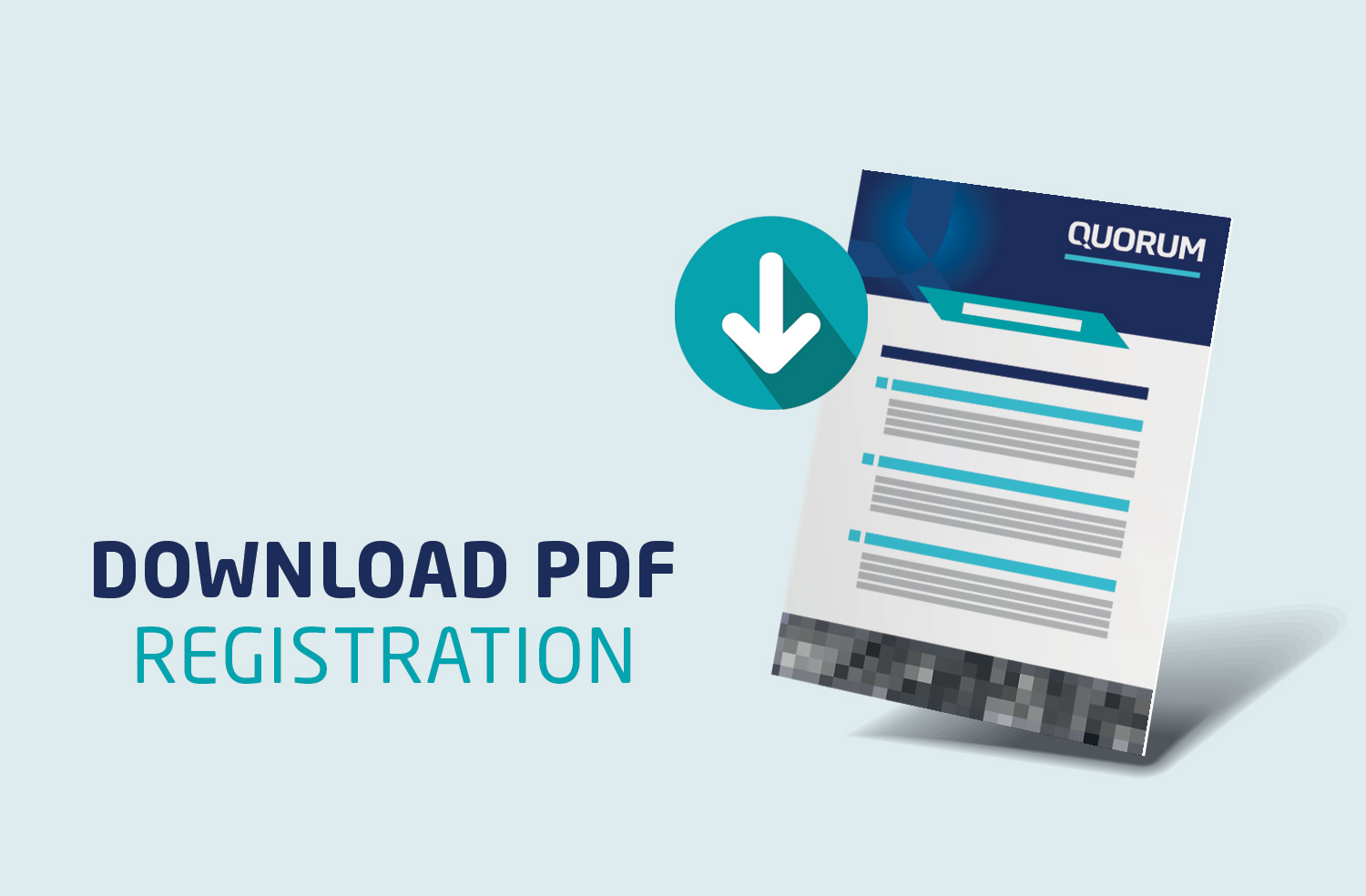Integrated Logistics Support – Technical Documentation

All aspects of Integrated Logistic Support (ILS) are essential; making an error or skipping one discipline can have a trickle-down effect, leading to consequences in various phases of an equipment’s lifecycle. Today, we are discussing Technical Documentation, primarily in the context of military equipment. So, what is the role of Technical Documentation within ILS?
Technical Documentation is a vital resource that provides equipment operation manuals, maintenance procedures, troubleshooting, and spare part management. Without concise and accurate documentation, equipment users and maintenance teams do not have the information required for effective maintenance and repair. Inadequate or absent maintenance reduces the reliability of the equipment, challenging availability and increasing costs.
With this series of articles discussing ILS, we try not to get too technical, which is easy when you have over 20 years in the industry like us. However, we still want to cover the topics so that individuals new to ILS can walk away with a deeper understanding while not becoming too overwhelmed. It is a tricky balance to strike, but hopefully, after reading this article, you will better understand why properly structured Technical Documentation is so important.
Why Technical Documentation is Crucial for ILS Plans
The purpose of Technical Documents is to support the maintainability, reliability, and availability of the equipment, crucial components of the ILS delivery plan. These documents are vital in ensuring equipment readiness, operational effectiveness, and reducing costs.
Technical Documentation facilitates streamlined logistics operations by providing clear and comprehensive information on maintenance procedures, spare parts management, and equipment operation. It maximises equipment availability, minimises downtime, and reduces costs.
What Happens When Technical Documentation is Lacking?
Improper or a lack of Technical Documentation can lead to severe consequences. The Boeing 737 MAX crashes of Lion Air Flight 610 in 2018 and Ethiopian Airlines Flight 302 in 2019 are two tragic examples:
Critical issues surrounded the Manoeuvring Characteristics Augmentation System (MCAS), an automated flight control system installed on the 737 MAX. Investigations pinpointed MCAS as a critical factor in both accidents.
Notably, pilots expressed concerns that essential information regarding MCAS functionality was absent from the Flight Crew Operations Manual (FCOM), hindering their ability to manage emergencies effectively.
In response to these incidents, Boeing initiated significant measures, including updating the 737 MAX software and revising the Flight Crew Operations Manual (FCOM) to include comprehensive details on MCAS and its operations. Additionally, they introduced new training requirements tailored specifically for 737 MAX pilots. These changes were mandated by aviation authorities worldwide before the reinstatement of the 737 MAX into service.
Different Types of Technical Documentation
Technical documentation supports four levels of maintenance requirements.
- Level 1 User and Operator Requirements
- Level 2 Unit Maintenance
- Level 3 Field Maintenance
- Level 4 Base Maintenance
Clear and comprehensive documentation should not be underestimated in its role in supporting military equipment and operations. To make things easier to follow, we will be discussing two types of Technical Documentation; let’s get into it:
Army Equipment Support Publications (AESP)
These provide users and operators with information regarding the maintenance, repair, installation, and cataloguing information on a vast range of Army equipment, excluding aircraft. Previously, guidance could be found in JSP 886 Volume 7 Part 8.05, but now, the Defence Logistics Framework serves as the primary source of information.
Typically, these documents will exist independently as standalone resources. Quorum follows Def Stan 02-040 Requirements for the Preparation of Technical Publications and Defence Standard 00-601 MOD Business Rules – Contracting for Technical Documentation Part: 04: NON-S1000D Business Rules in this case.
JSP 886 allows for an octad of information categories within the documentation:
Category 1: Purpose and Planning Information, Equipment Support Policy Directive: This category is divided into two sub-categories and contains the information required by operational and planning staff to assess the suitability of materials for use in a particular environment and or situation
Category2: Operating Information, Aide Memoire and Training Aids: This category is divided into three sub-categories and contains the information required by personnel to enable them to operate a system or item, including instructions for setting up operating, making user adjustments, emergency procedures, functional tests and remedial actions
Category 3: Technical Description: Describes the technical principles of design, operation and function and the inter-relation of the various parts of the system
Category 4: Initial Installation and Preparation for Special Environments: This category is divided into two sub-categories that contain the information required for the installation of the system/material
Category 5: Maintenance Information and Instructions: Contains information required for fault diagnosis, repair and calibration of the equipment/systems
Category 6: Maintenance Schedules: Contains concise statements of the work to be done on material at stated intervals of time
Category 7: Illustrated Parts Catalogues, Commercial Parts List and Complete Equipment Schedules: Lists and illustrates items of material and is designed as an aid to the identification of parts of the equipment
Category 8: Modification Instructions, General Instructions and Service Engineering Modification Instruction (RAF only): This category is divided into three sub-categories and contains the detailed information required by all maintenance levels to comply with a modification instruction
Interactive Electronic Technical Publications (IETP)
This documentation type allows for easy re-use of information across the different publications. Def Stan 00-601 MOD Business Rules – Contracting for Technical Documentation for 1000D informs the contractual arrangements for using S1000D in the production of an Interactive Electronic Technical Publication (IETP).
The ITEP is generated from a Logistics Information Repository (LIR) (Common Source Database CSDB), using AECMA S1000D for direction and guidance. S1000D is an international specification facilitating the production of technical publications. The standard can be tailored to specific projects, moving through a series of decision points in the creation of the documentation plan for the project.
The data elements are defined for the military in MIL-STD-1388-2B and are reusable many times across the project to produce data modules that conform to the Document Type Definition (DTD) & Schemas for the following data module types:
- Business Rules EXchange (BREX)
- Checklists
- Common Information Repository
- Container
- Crew/Operator
- Cross Reference (Applicability, Conditions, Products)
- Descriptive
- Fault information
- Front Matter
- Learning Module
- Maintenance Schedule
- Illustrated Parts Data
- Procedural
- Process Module
- Service Bulletin
- Wiring Data
What Equipment Requires Technical Documentation in ILS
The need for Technical Documentation spans all equipment categories. Accurate and descriptive maintenance, as well as spares documentation, are indispensable components of effective ILS plans. Whether it’s intricate machinery, advanced electronics, or specialised tools, each piece of equipment demands meticulous documentation to ensure optimal performance, longevity, safety, availability, and value.
Additionally, comprehensive Technical Documentation is essential for compliance with regulatory standards and contractual obligations. It ensures that equipment meets regulatory requirements for safety, quality, and environmental considerations while fulfilling contractual agreements regarding maintenance and support provisions.
Benefits of Comprehensive Technical Documentation
Clear and comprehensive Technical Documentation has many benefits, primarily in maximising equipment availability and operational efficiency. By providing accurate information, clear maintenance procedures, and detailed spare parts lists, Technical Documentation should significantly enhance the reliability and uptime of equipment systems. That said, here is a list of benefits:
- Maximises equipment availability
- Provides accurate information for maintenance procedures
- Ensures coherence in maintenance practices
- Optimises spare parts management
- Facilitates quicker spare part acquisition
- Improves equipment reliability
- Prolongs equipment lifespan
- Reduces lifecycle costs
The benefits of clear and comprehensive Technical Documentation extend beyond informational value, and at Quorum, we understand how crucial it is to get it right, with no room for error.
Why Choose Quorum for Your Technical Documentation

Quorum has dedicated processes and guidance documents for the creation and management of Technical Documentation. Our consultants deeply understand the processes involved, and both military and non-military engineering standards.
Book an informal chat with Shaun And let Quorum take care of your ILS needs, allowing you to focus on your core operations with complete peace of mind.



